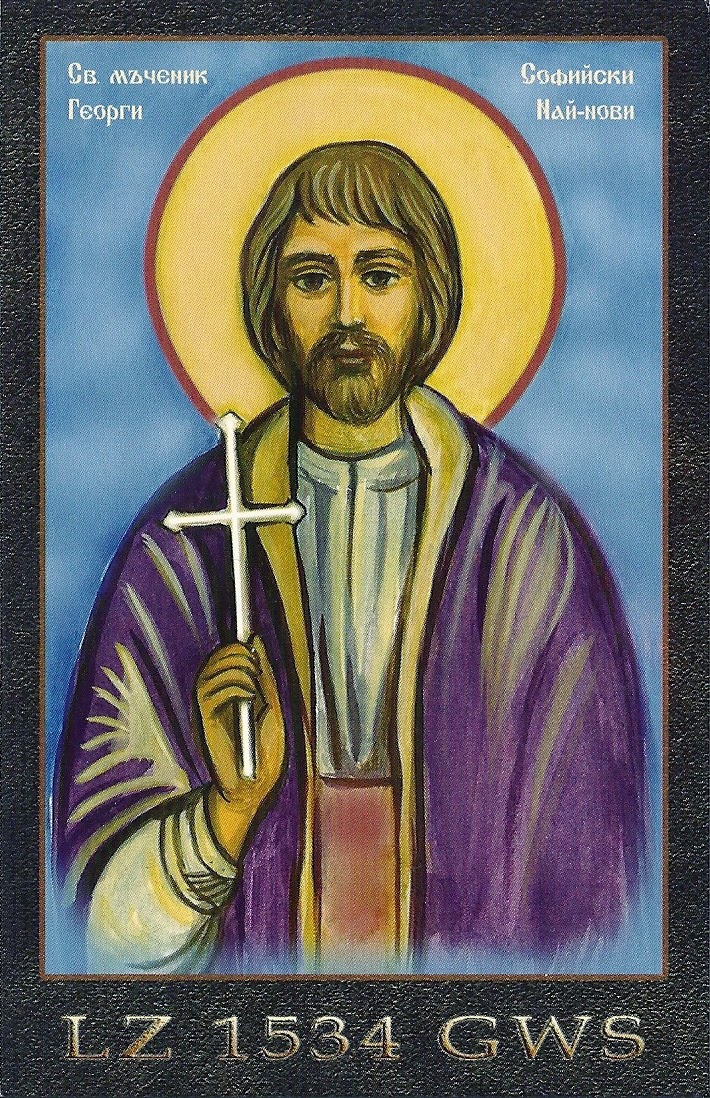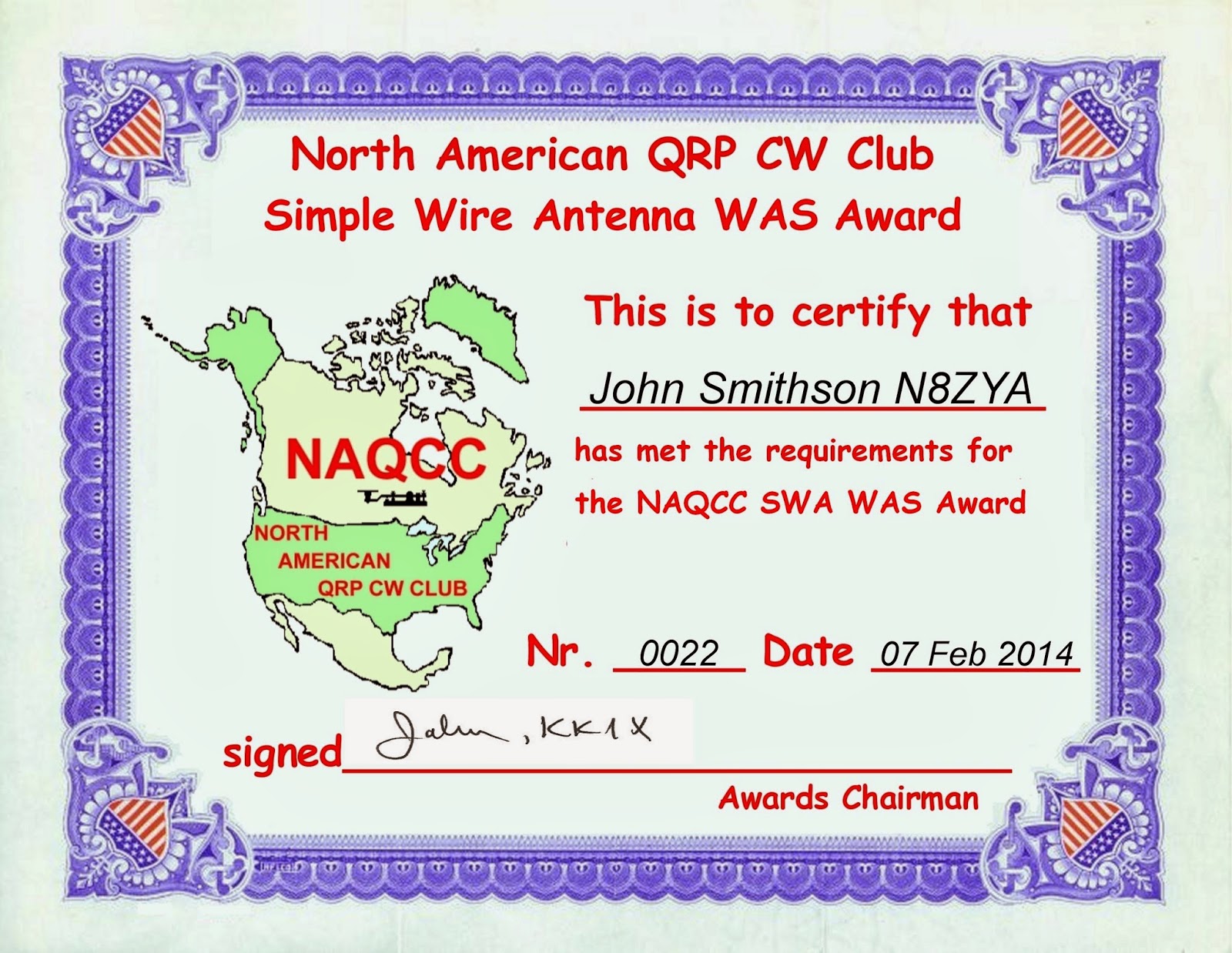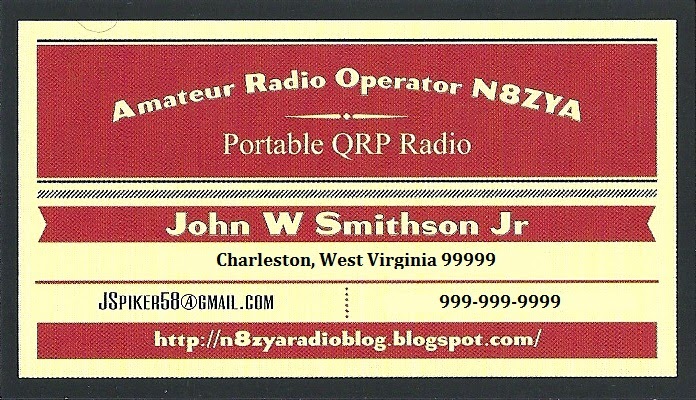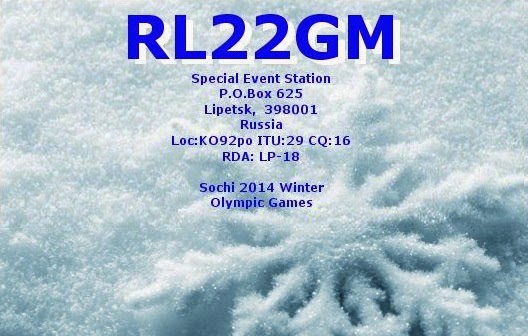Author Archive
 DXCC QRP
DXCC QRP
It’s taken a while, but when I finished tallying up my countries, there were 102 countries in the DXCC logbook a few nights ago. I had just sent in my WAS (worked all 50 states) data in February, and received my certificate for that award, just a few weeks ago.
It’s taken me about three years to achieve both these awards, with never more than 5 watts of power, and indoor “stealth” antennas. My immediate neighbors still don’t know I’m a ham radio operator, and since I live in a historic area, where outside antennas are prohibited, I consider that a good thing. lol
I worked nearly all of my WAS contacts (48) with my Isotron antennas on either 40 meters or 20 meters. Alaska and Hawaii were my two most difficult states; I worked those with a 50 ft length of “Radio Shack” speaker wire which I strung around the perimeter of a spare room in the house. The wire runs from my tuner, across the windows, which have wooden curtain rods, across the hallway, over the top of an “open” wooden door, and is tied off the the “downstairs” wooden stair railing. It’s a tough way to do it, and it’s a true “random wire“, but I’ve enjoyed every minute of the challenge it took to work those 102 countries.
The process accelerated a little before September of 2012 when I started using “dedicated band dipoles” for my DX contacts. My indoor “upstairs” space is very limited but I’m able to stretch out a dipole for 10 meters and 15 meters. Those two dipoles barely hang between the wooden curtain rod, on one side of the house, and the bathroom window sill, on the opposite side of the house. This picture below shows my “end fed” 10 meter antenna. The 15 meter dipole antenna requires an “open door” and an extended length to the bathroom window frame.
Those two antennas work well on those bands (even indoors) but the 50 foot random wire, which allows me easy access to the 17, 12, and especially the 30 meter band, were the true deciding factors in my DXCC award.
What are my immediate goals now?
There’s DXCC on a “single” band, working the “capitol cities” of every country and state, or perhaps working DXCC with “outside antennas” while operating in the field. I’m not sure what it will be now that I have the QRP DXCC award but I’m sure something will soon grab my attention.
The North American QRP CW Club has always been my favorite organization. I hope my addition of the NAQCC DXCC QRP Award will be an inspiration to those of our members who think working over a 100 different countries with five watts, or less, of power and “simple wire antennas” is impossible.
Those 17, 12, and 30 meter contacts were actually done with about 3 watts of power. Never say the word “never” when I comes to QRP. I’ve been an optimist when it comes to my QRP operations. I’m looking forward to the next challenge, whatever it might be.
 Our Club Activity at the Charleston Hamfest
Our Club Activity at the Charleston Hamfest
Last year, in 2013, before the WV Chapter of the NAQCC Club was established, I set up my QRP station at the Charleston Hamfest and worked several DX stations in Eastern Europe with just a few watts of power. I used a simple “dedicated band” dipole antenna. It drew a lot of interest from many people. I was invited back, this year, to do a special QRP forum.
On March 15th, I saw this new opportunity, as a way for our new West Virginia Chapter to share our enthusiasm for QRP CW radio and especially the NAQCC club.
I’m very grateful to John Shannon (K3WWP) for the use of his banner. It looked great sitting on top of the table and was a good focal point for conversation. I’m also very grateful to the staff of the Charleston Hamfest for allowing us this opportunity to highlight our NAQCC club.
The hamfest committee provided me with a small dual band HT, to give away at the end of my presentation! I had those attending the talk put their tickets in my hat and had a little girl draw the winning call sign. This went over VERY well and allowed me a captive audience.
Our club members Eric (AC8LJ) and Steven (KC4URI) helped me with both the presentation and the “club table” at the event. We were also joined by Jeff (K9ESE) and Jim (NX8Z). In addition to these members of the “core group”- I met a few more members of the NAQCC club. It was nice to see Lonnie (KY8B) # 5043 and Bill (WR8S) #6608, who by the way, has a great idea for a future highlight of the club.
Bill (K3QEQ) # 1426 introduced himself to me. We were having a nice conversation about QRP, and the new chapter, and when he offered me his QSL card, I immediately realized we had previously worked many years ago. I remembered the exact CW conversation, which by the way, lasted nearly an hour at the time. We’re both Navy vets, and as old sailors, we exchanged several sea stories.
The longer I continue CW operations, the more I realize how many of us served our country when asked, and are still very proud, not only our own efforts, but of all those who served in difficult times.
 Special Event News
Special Event News
The West Virginia Chapter of the NAQCC club had a delightful day at the Huntington Museum of Radio and Technology. Joining me above is (N8ZYA) on left and Joe (WA8SIE) from Charleston. In the bottom pictures are Bill (KB8QLG) from Sissonsville, WV and Steven (KC4URI) from Mineral Wells, WV
This was the first time I’ve put a nine element Mosley beam behind a five watt QRP radio. The results were both puzzling and amazing. I rotated the beam 360 degrees several times on 40 meters but only made a few contacts with KD3CA and WB3GMC in Pennsylvania and N4EDE in North Carolina. I heard very little on this band and soon came to the realization that I was shooting right over the heads of anything remotely thought of as “routine” contacts. By days end, I was able to work only six more United States stations WB0PYF, WD4EXI, K5BOT, KA2KGP, K4CQF, in Missouri, Georgia, Texas, South Carolina, and New York.
This nine element beam was a totally different animal to me with it’s directional characteristics but specific selectivity and sensitivity. I’ve mixed feelings about it’s effectiveness for multiple short distance QRP contacts. I was forced to spent most of the day on the 15 and 20 meter bands with the hopes of working more stations. Upon the change to those bands:
I immediately worked VE3EDX in Thunder Bay Canada, and soon afterwards, I worked an unfamiliar “RL” call, which I knew was a Russian station, but an unknown new “prefix”. I’ve worked Russia many times (20) but this was the first “RL” call I’ve heard and there’s a good reason for it.
I worked Italy twice during the next hour. The first station (I3UKY) was what I would call “normal DX” but the second Italian station was a real prize, not because it was the second contact in Italy, but because this station (I5NOC) was operating QRP at 5 Watts of power! Here’s a confirmation e-mail from him:
Hello John,I confirm our qso on 15 meters 8-02 at 16,25 cw.My station is qrp by Elecraft KX3 only 5 wats and antenna 3 elements Hygain.Hope receive ur qsl via k3wwp,my qsl sure via bureau.Tks again for the qso and hope call you again.Best 73 and greetings from Italy.…………..ciao I5NOC Giampiero
The QRP station in Italy ((I5NOC) is the most distant 2 x QRP contact I’ve ever made at any time. The distance was 4,570 miles.
We found this station from Poland (SP6JOE) to be an interesting catch. I asked for the name and he responded with, what else?, “Joe”.
I’m somewhat disappointed in the number of club stations we worked while at this event but think it had more to do with poor 40 meter band conditions and a “beast” of an antenna in the hands of a new operator. Those two combinations demanded operation on the longer range bands.
I can’t say enough about the Museum of Radio and Technology. We plan to operate there again during these cold winter months. They were the perfect hosts for us and we rejoiced in the fellowship of the operating staff which were there during the special event.
There were times when the radio room was actually crowded with those interested in the QRP event. The Tri State Amateur Radio Association held VE testing that morning and added three new ham to the HF portions of the hobby. There were also hams from other states wandering around the museum.
The Museum of Radio and Technology also has dipole antennas. On our next trip, I’ll use them to make more club QRP contacts. The beam had good and bad points. It brought us some great DX contacts but when right overhead of most local stations.
 50 States
50 States
Here’s a certificate I’m very proud to add to my NAQCC folder. The majority of my 50 state contacts were made with my indoor mounted Isotron antennas on either 40 meters or 20 meters. Alaska and Hawaii were two states I had doubts of ever working from my city location considering I’m forced to operate with stealth antennas. I worked those last two states with a 50 ft indoor random wire.
I’m also within a very short distance of my DXCC award now with 95 countries showing on the QRZ.com log book. I need to count all those in my “personal” log book since I started that log book a year or so before the QRZ book.
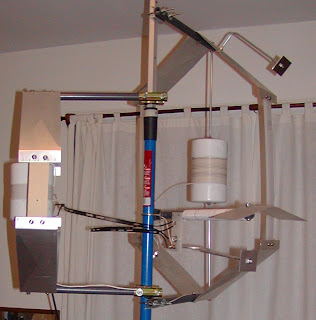
 The Huntington Museum of Radio and Technology
The Huntington Museum of Radio and Technology

I’ve kept a link to the Museum of Radio and Technology on the right side of this blog since I began writing about ham radio. Its a fantastic organization and only about an hours drive from Charleston. There is no charge for admission but they have a voluntary donation box is located in the hallway. Official membership is an annual fee of $25 dollars.
This museum is one of the biggest (10,000 square feet) and best of it’s type in America. This is the site of the Radio and Technology WV8MRT club station and the club station for the Tri-State Amateur Radio Association . My gratitude goes to both these fine organizations which are allowing me to operate my QRP station from there.
The video at the top portion of the Museums opening page shows a workable “spark gap” transmitter and there are several pages of the web site devoted to hams who have lived in my home town of Charleston WV.
Al Hicks (W8AH) worked an amazing 362 countries on the 40 meter band. “A feat nobody else anywhere has ever matched”. Those QSL cards are on display at the Museum. His call sign is now used by the West Virginia DX Association .
A friend of mine, and also a silent key, Bernie Clark (W8PNR) built an amplifier which was so large that he enclosed in an an old refrigerator which is on display at the Museum. I never heard it on the air but I understand he was always 599 on every contact. One of our WV Chapter club members (W8GDP) and I always talked with Bernie on the Kanawha Amateur Radio Club repeater on our morning commute to work.
We will be transmitting on, on close to, all the standard QRP frequencies from 40 meters to 10 meters. I’m looking forward to this “special event” from the Museum of Radio and Technology. I’ll send an “electronic card” to those who request them.
This is primarily a NAQCC event but it’s open to everyone. The exchange will be Call, Name, State and either NAQCC number, or if not a club member, your power level.
If I hear you, I’ll work you.
72’s
 Music from Hawaii
Music from Hawaii
I’ve worked a little over 700 DX stations now but only 10 of them have been on the forty meter band. Moscow (RD3A) was an exceptional 40 meter contact, but most of my 40 meter contacts have been what I consider “close” for bouncing a signal off the Ionosphere. They’ve landed in Jamaica, Barbados, Cuba, Puerto Rico, and even France, Spain, Italy, Montenegro, and Germany.
Last night I worked another “good one” on the 40 meter band. I was running my customary three watts of power and using my indoor random wire antenna.
I was astounded to hear the signal of a Straight Key Century Club member in Volcano Hawaii on 7.054 MHz. Max (KH6ZM) was running the K3Y/KH6 station and at 4,527 miles from Charleston, doing a fine job! In February and May of last year I was able to work another Hawaiian station (KH6LC) on both ten meters and 20 meters, but I never, in a million years, expected to work Hawaii on the forty meter band. This one is a real treat.
I’ve not been intentionally pursuing the K3Y stations, but now I’ve worked K3Y/1-2-4-5-8-KH6-KP4- EU and NA. I’ll be listening a little more carefully now with the addition of the Hawaiian K3Y station.
I consider both Morse Code and Music to be universal languages. When I think of Hawaii, I often think of this song and this musician. Israel Kamakawi was a gentle giant who had amazing rhythm, a creative mind, and the ability to blend a soft voice along with a very smooth touch on a Ukulele. I think a telegraph key, in the hands of a good operator, can take on the same qualities.


